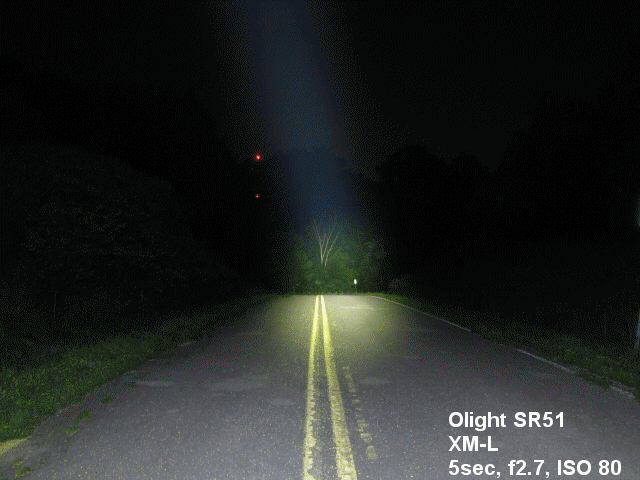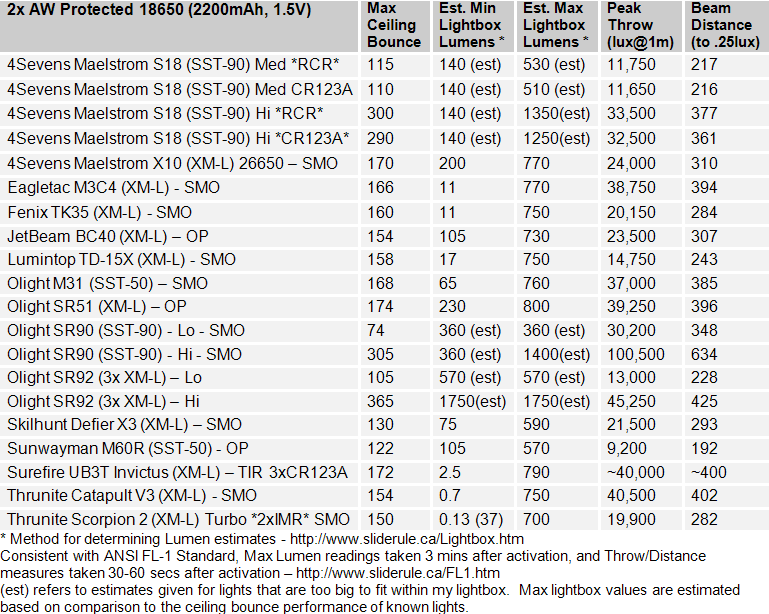Punkear
Newly Enlightened
I recently purchased my first significant LED flashlight an Olight SR51. Coming from an electronics/amateur radio back ground my question is at what point is increasing lumens output insignificant. For example: In amateur radio the law of dimishing returns would say that going from 100 watts to 1000 watts is the most significant increase of power output which would be 10 dB...going from 1000 to 2000 watts output is only a 3 dB increase. Generally speaking to move the receivers S meter (dBm) one S unit requires approximately a 6 dB increase, furthermore a 2 dB increase is barely perceptible.
Having come from an EDC (every day carry) of a streamlight TL-3 to the SR51 the difference is overwhelming. Roughly speaking 200 to 900 lumens. Is going from 900 lumens (SR51) to 2200 lumens (SR90 intimidator) just as significant? At what point does increasing the lumen output become insignificant other than quote "bragging" rights. If I'm standing say 100 yards away from the light source how perceptible of a difference is 900 vs 2200 lumens? I suspect that being on the receiving end the difference is more noticable than perception/viewing from the source. In addition I suspect the type of LED and reflector play a significant role in that perception.
Oh...the Olight SR51 is just awesome!
Thanks
Brad
South of Pittsburgh
First Post
Having come from an EDC (every day carry) of a streamlight TL-3 to the SR51 the difference is overwhelming. Roughly speaking 200 to 900 lumens. Is going from 900 lumens (SR51) to 2200 lumens (SR90 intimidator) just as significant? At what point does increasing the lumen output become insignificant other than quote "bragging" rights. If I'm standing say 100 yards away from the light source how perceptible of a difference is 900 vs 2200 lumens? I suspect that being on the receiving end the difference is more noticable than perception/viewing from the source. In addition I suspect the type of LED and reflector play a significant role in that perception.
Oh...the Olight SR51 is just awesome!
Thanks
Brad
South of Pittsburgh
First Post



